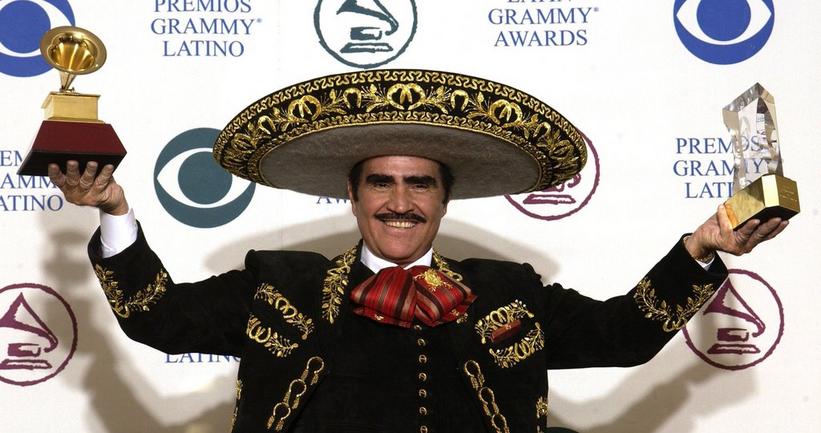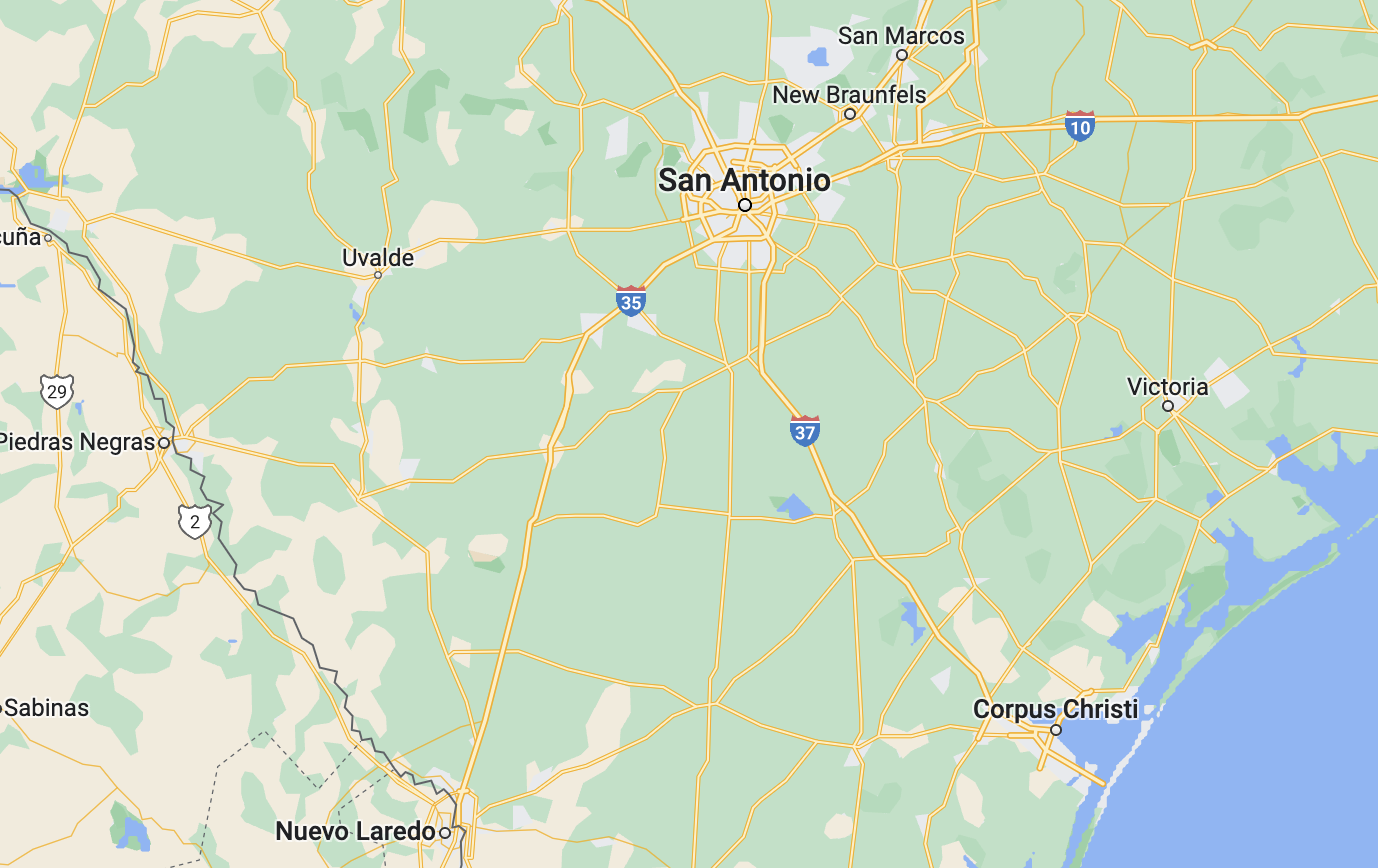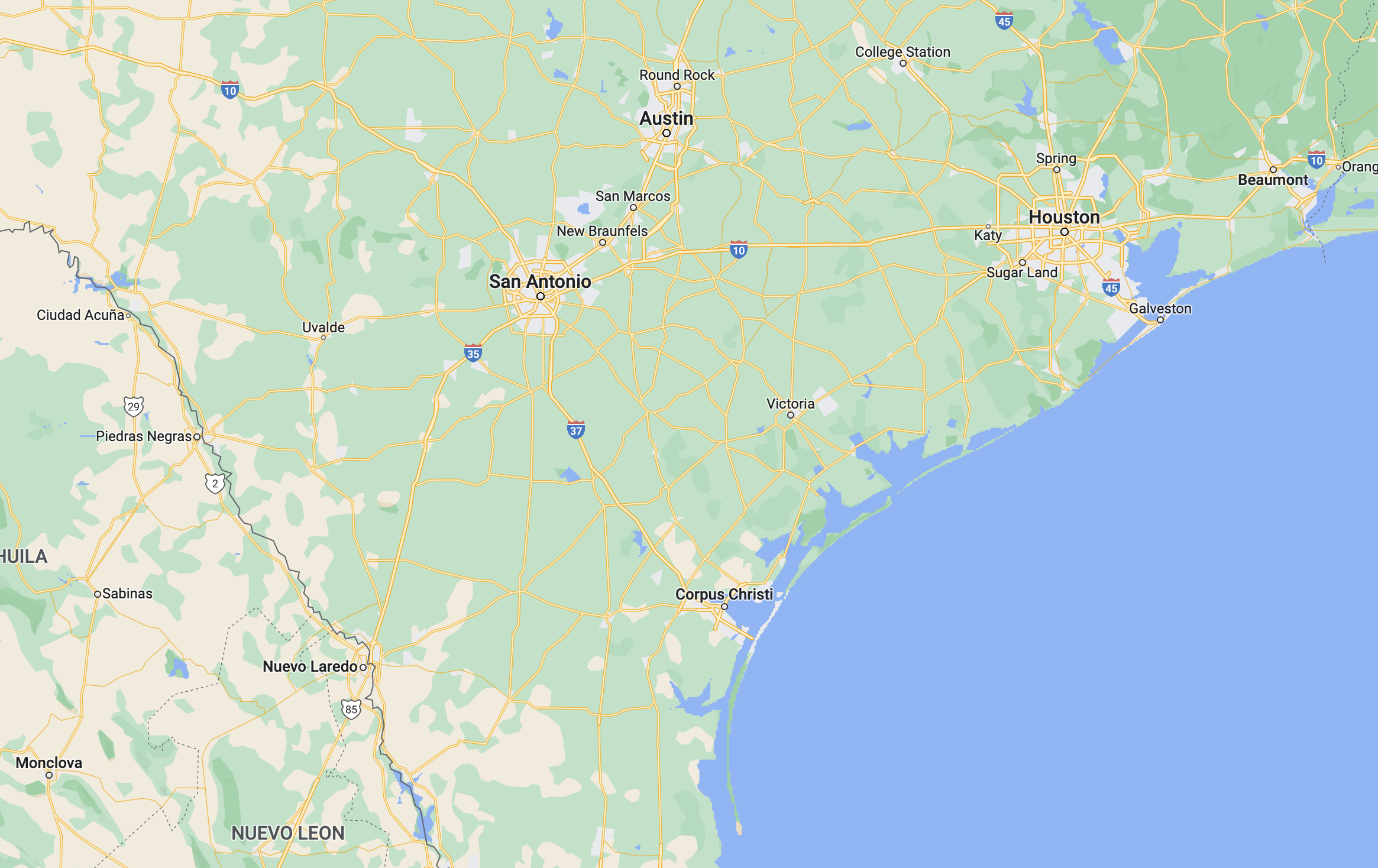“San Antonio mi pueblo querido”:
“San Antonio my dear town”
Laura Reyes
San Antonio Querido is a recorded performance sung by Laura Reyes. This recording is from the Arhoolie Foundation’s Strachwitz Collection of Mexican American and Mexican Recordings. This Ranchera song dives deep into the Mexican roots of San Antonio and Texas displaying the Texan pride while incorporating musical elements of both Ranchera and Mariachi. The song was recorded with Joey Records in 1982, a small record store in San Antonio.
Ranchera and Mariachi

Ranchera is a genre originating from Mexico. The genre was originally sung on the ranches as “acts of nation”, or a way of taking pride in ones country. Lyrical content of Ranchera aren’t overly complex and usually have themes surrounding around pride of ones country or birthplace. The popularity and commercial success of Ranchera didn’t blossom until after 1930’s when used in Mexican films. However Corridos, the grandfather of Ranchera, had been around since the 1800s and became a predominate voice of the illiterate Mexican revolutionaries of the 1910s. Grammy award winning ranchera singer Vicente Fernandez is a modern example of the Ranchera icon as he still wears the glamorous cowboy outfit, however modernizes the genre to appeal more commercial. His ranchera songs reflect the emotions that come from love and heartbreak rather than pride of country.
Ranchera would also bring about one of the most recognizable Mexican musical tropes, the emotional vocal glissando. A vocal glissando is when a singer decides to connect the space between two notes with a “slide” of pitch rather than singing the notes individually. At the end of each phrase in San Antonio Querido, you can hear the glissando in Laura Reya voice when she sings “donde ir aci” . This has been the defining characteristic of Ranchera as the operatic vocals with long held notes was a showcased the talent of the singer. You can hear it even today in modern ranchera as shown below in Mi Reina y Mi Tesoro by Mariachi Vargas de Tecalitlan.
Rancheras can also include instrumentation of other Mexican music styles. San Antionio Querido features the Mariachi band El Mariachi Los Reyes De Jalisco (translates to The Kings of Jalisco). In fact, Jalisco is the third richest economy in the Mexican republic and is the birthplace of many Mexican traditions, including Mariachi and sombreros. Mariachis staple sound includes the vihuela, a Spanish guitar, violins, and trumpets. The guitar is used to carry the rhythm while the trumpets and violins play the melody and harmonies.
The “Tejano” culture formed by Mexican and Spanish settlers when Texas was still a part of Mexico helped define San Antonio as a unified city. Jalisco’s culture gave Mexicans a identity free from Spain during the independence movement and helped gave an identity to the people of the city during time of civil wars and political unrest until the 20th century. Perhaps bringing this culture with them also brings the “pride” of country to Texas and San Antonio, helping to further explain the desire for city praising racheras.
San Antonio Pride

San Antonio Querido is a song about San Antonio pride. Specific lyrics highlight how Texan Pride even goes as far as the cities within the state. The lyrics mention the “calles”, the roads to “Santa Rosa” and “Laredo”, as San Antonio is like the Rome of Texas. Sitting right at the top of southern Texas, the major highways from towns along the border all lead straight to San Antonio.

Reyes also mentions the “Missiones” as they are an important part of San Antonio and Texan History. San Antonio was named after the Spanish mission “San Antonio De Valero”, established as a mission along a newly found trade Route “Route Alonso De Leon” to spread the word of the Catholicism when Spain had laid claim to Texas. In 1793, the mission “San Antonio De Valero” was then secularized, meaning the private land owned by the church was then sold out with the knowledge that the surrounding area has been converted. San Antonio will then become a center of commerce bringing wealth and indoctrinated religion for generations. The mission “San Antonio De Valero” would later be referred to as “The Alamo” and would serve as a historically rich military base for the Mexican and Texan revolutions.

Reyes also sings about being born in a poor neighborhood: “hacido un barrio muy pobre”, and that San Antonio is better, “mejor”, than it was there. This “bigger and better” Texas mentality is definitely reflected in San Antonio. In the turn of the 20th century, San Antonio became an industrial hub. The “Big Tex” Industrial Building active from 1917-1952 made San Antonio the most prominent grain processors of America. In 1922, The Star Grain Elevator pushed out 200,000 of the 300,000 bushels of grain processed in San Antonio that year. The Pioneer Flour Mills were also a huge source of jobs and revenue for San Antonio even throughout the Great Depression. The 200-horsepower engine was state of the art equipment for the end of the 19th century and produced many flours under different labels such as “Gauthers Best” and “Texas Pioneer”. San Antonio today sits at a whopping 2.5 million population count and a Gross Metro Product of 134 Billion.
While San Antonio Querido is a simple song heightening the Texan boastfulness, it is especially interesting how much history the city holds. Whether an agricultural distribution center for the American south, or a reminder of the Tejano culture, its hard to deny the impact of San Antonio on the state of Texas. Its a shame how little information there is on this specific Mexican American ranchera since San Antonio Querido is a blissfully nostalgic reflection of monumental change in Texas over many centuries.
Sources
“History of San Antonio (1519-Present).” The City of San Antonio – Official City Website , https://www.sanantonio.gov/Mission-Trails/Prehistory-History/History-of-San-Antonio.
Jalisco. History, https://www.history.com/topics/latin-america/jalisco.
“Mariachi.” Encyclopædia Britannica, Encyclopædia Britannica, Inc., 29 Jan. 2016, https://www.britannica.com/art/mariachi.
Ranchera – Music Genre . Rate Your Music, https://rateyourmusic.com/genre/ranchera/.
“Ranchera Music Genre Overview.” AllMusic, https://www.allmusic.com/style/ranchera-ma0000002815.
“San Antonio, TX.” Forbes, Forbes Magazine, https://www.forbes.com/places/tx/san-antonio/?sh=418813557873.
“San Antonio Querido – Laura Reyes Con El Mariachi Los Reyes De Jalisco.” San Antonio Querido | Strachwitz Frontera Collection, https://frontera.library.ucla.edu/recordings/san-antonio-querido-0.

